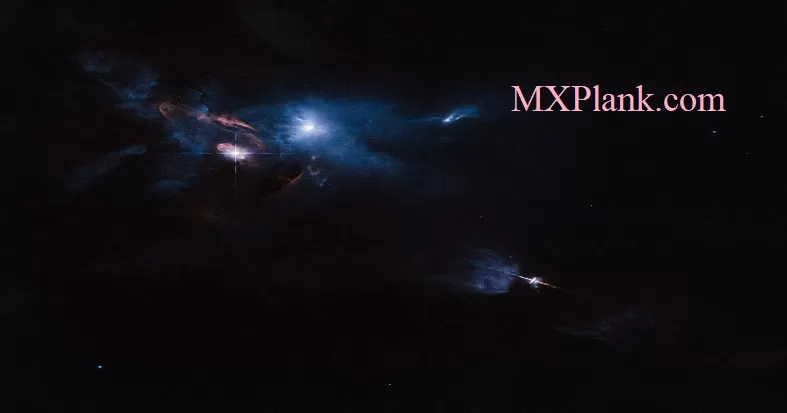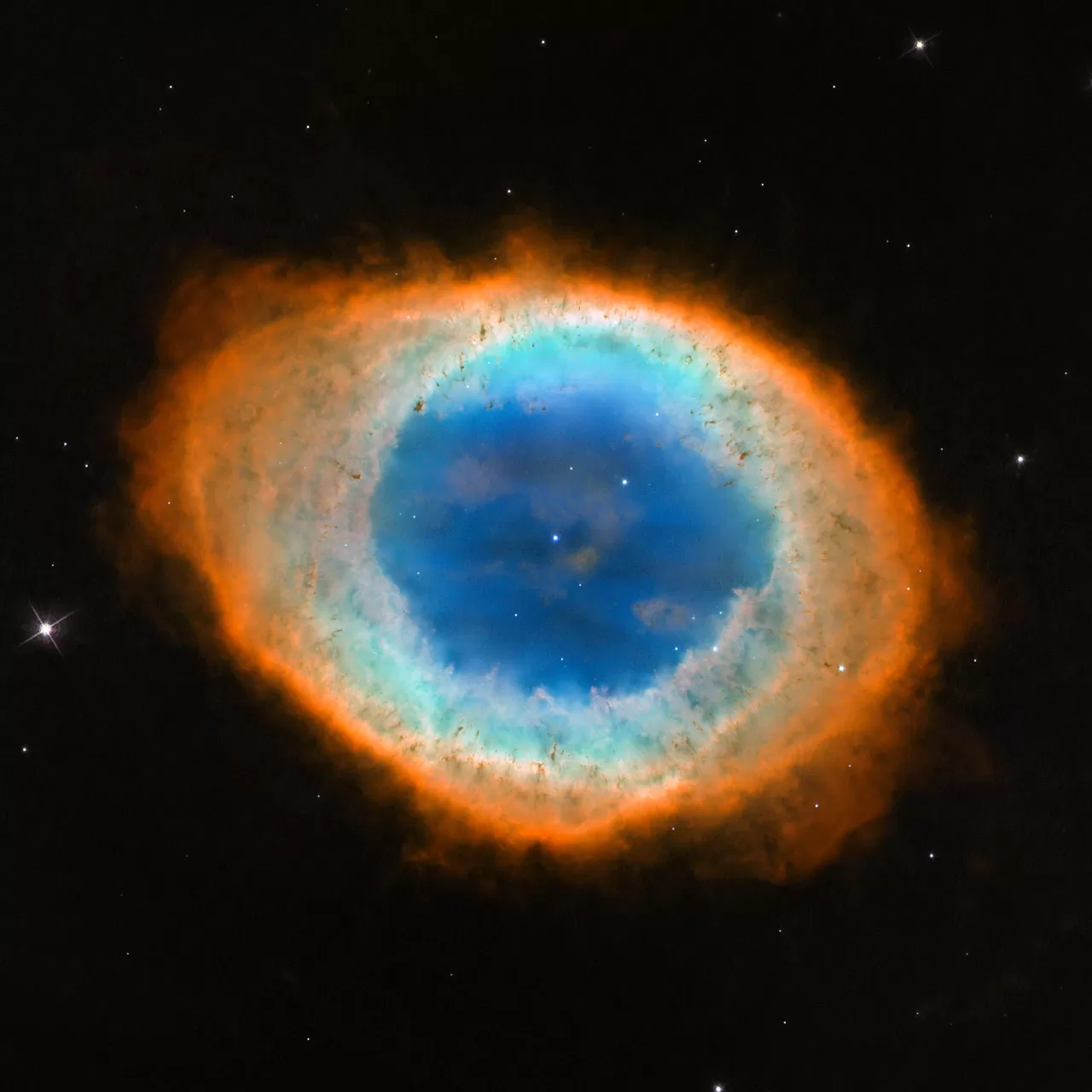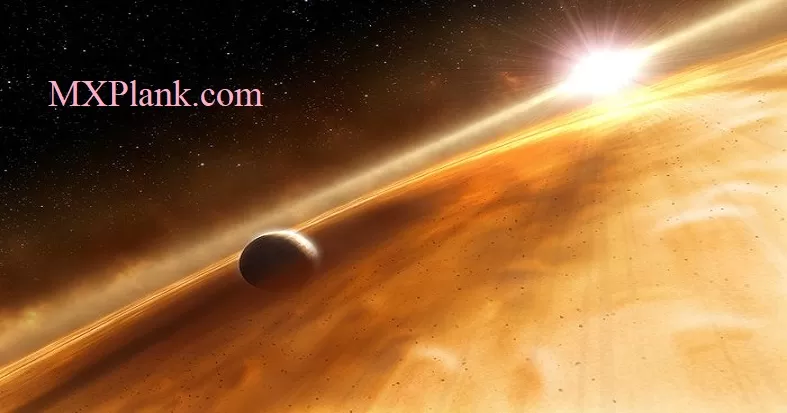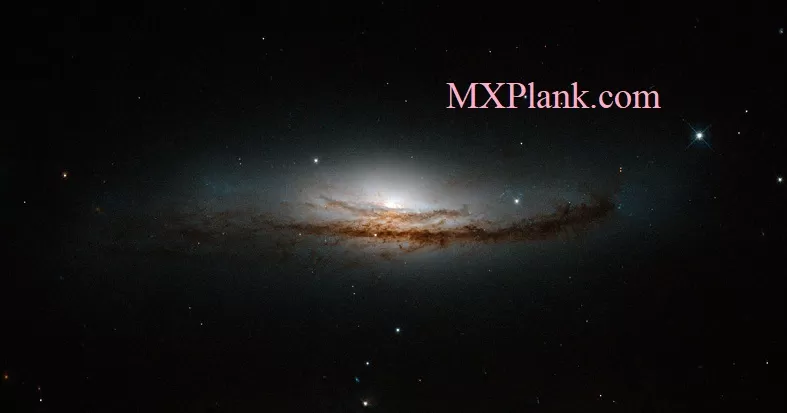Ground-based view of NGC 1600
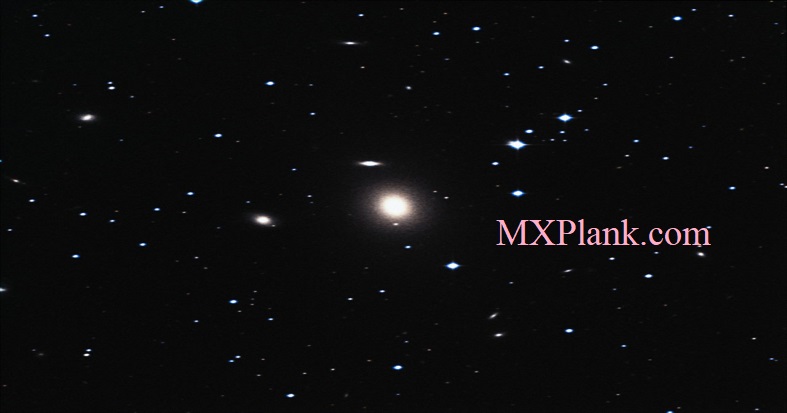
This image shows the ground-based view of NGC 1600 and some of the other galaxies of the group it is located in.
NGC 1600 is an elliptical galaxy in the constellation Eridanus, 149 Mly (46 Mpc) away from Earth. Often described as being an isolated early-type galaxy, it is known to have at least 30 fainter satellite galaxies, including NGC 1601 and NGC 1603. The galaxy has been observed to have boxy isophotes and little rotation.The presence of H-alpha indicates possible ongoing star formation, and the galaxy is a known source of X-ray emissions. It is believed that NGC 1600 is the product of a galaxy merger which took place over 4 Gyr ago. The age of the galaxy is estimated at 4.6-8.8 Gyr.
NGC 1600 has a diffuse distribution of stars near its center, caused by the influence of the galaxy's central black hole. Despite NGC 1600 being of typical size, the supermassive black hole at its center is unusually large, with a mass of 17 billion solar masses (M☉), making it one of the largest known. At the time of the determination of the size of the black hole, in 2016, it was found to be unusual in its location in relation to the galaxy population of the region.
Previously, extremely large black holes were only found in the hearts of large dense rich clusters, the galaxy group for which NGC 1600 is found is only an average galaxy group and not a rich cluster. This discovery could signify previously unknown populations of very large black holes, and that black hole growth models may be incorrect or incomplete.
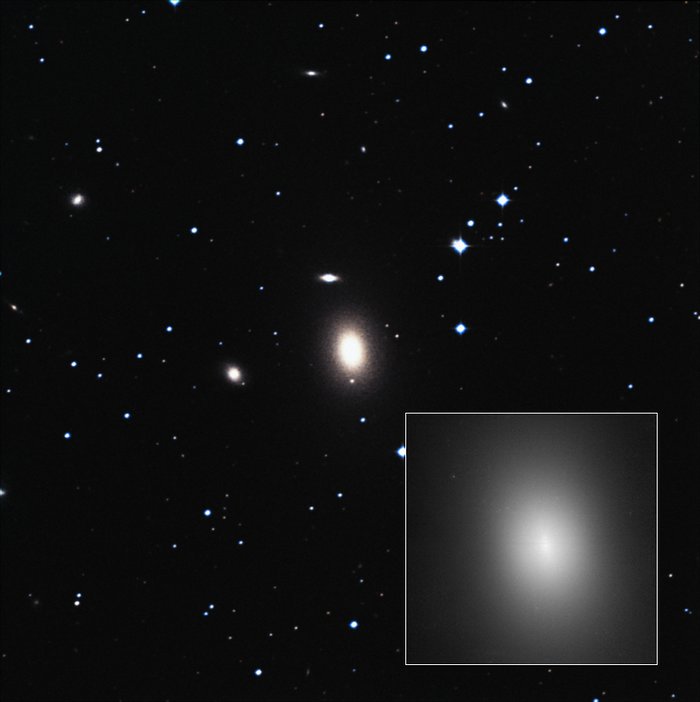
The elliptical galaxy NGC 1600, 200 million light-years away - shown in the centre of the image and highlighted in the box -, hosts in its centre one of the biggest supermassive black holes known . Until the discovery of this example, astronomers assumed that such huge black holes could only be found in the centres of massive galaxies at the centre of galaxy clusters. NGC 1600, however, is a rather isolated galaxy.
The image is a composition of a ground based view and observations made with the NASA/ESA Hubble Space Telescope.
Credit:
NASA/ESA and The Hubble Heritage Team (STScI/AURA)
NASA/ESA and The Hubble Heritage Team (STScI/AURA)


